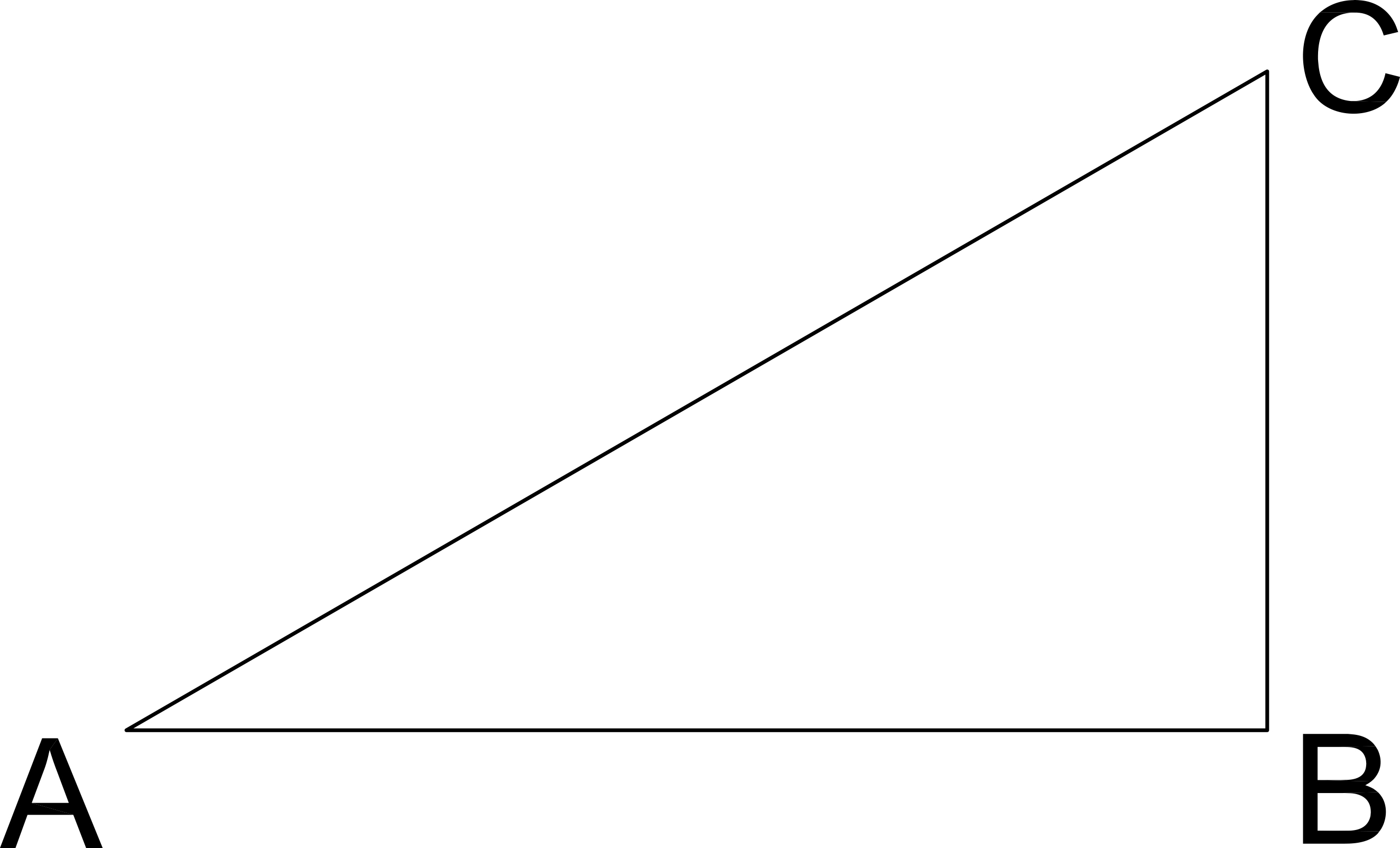How to find a missing side with cosine
Help Questions
ACT Math › How to find a missing side with cosine
A man has a rope that is 

Explanation
Begin by drawing out this scenario using a little right triangle:

We know that the cosine of an angle is equal to the ratio of the side adjacent to that angle to the hypotenuse of the triangle. Thus, for our triangle, we know:
Using your calculator, solve for 
This is 
Thus, rounded, your answer is 


What is 
Explanation
Recall that the cosine of an angle is the ratio of the adjacent side to the hypotenuse of that triangle. Thus, for this triangle, we can say:
Solving for 

The hypotenuse of right triangle HLM shown below is 




Explanation
Remember that
Then, we can set up the equation using the given information.
Now, solve for 
Explanation
To solve this problem you need to make the triangle that the problem is talking about. Cosine is equal to the adjacent side over the hypotenuse of a right triangle
So this is what our triangle looks like:

Now use the pythagorean theorem to find the other side:
Sine is equal to the opposite side over the hypotenuse, the opposite side is 12

If angle A measures 30 degrees and the hypotenuse is 4, what is the length of AB in the given right triangle?
2√3
2
√3
4
8√3
Explanation
Cosine A = Adjacent / Hypotenuse = AB / AC = AB / 4
Cosine A = AB / 4
Cos (30º) = √3 / 2 = AB / 4
Solve for AB
√3 / 2 = AB / 4
AB = 4 * (√3 / 2) = 2√3

In the right triangle shown above, what is the 
Explanation
Use SOH-CAH-TOA to solve for the sine of a given angle. This stands for:

From our triangle we see that at point 



In a given right triangle 




Explanation
In right triangles, SOHCAHTOA tells us that 




Thus, 
In a given right triangle 




Explanation
In right triangles, SOHCAHTOA tells us that 




Thus, 
An airline pilot must know the exact vertical height of his plane above the runway to know when to extend the landing gear under the nose. If the nose of the plane is 


(Ignore the height of the plane itself).
Explanation
The plane itself is effectively at the top of a right triangle, with topmost angle 


Now, solve for the adjacent:
Thus, our plane's nose is approximately 
In a given right triangle 




Explanation
In right triangles, SOHCAHTOA tells us that 




Thus, 





































































